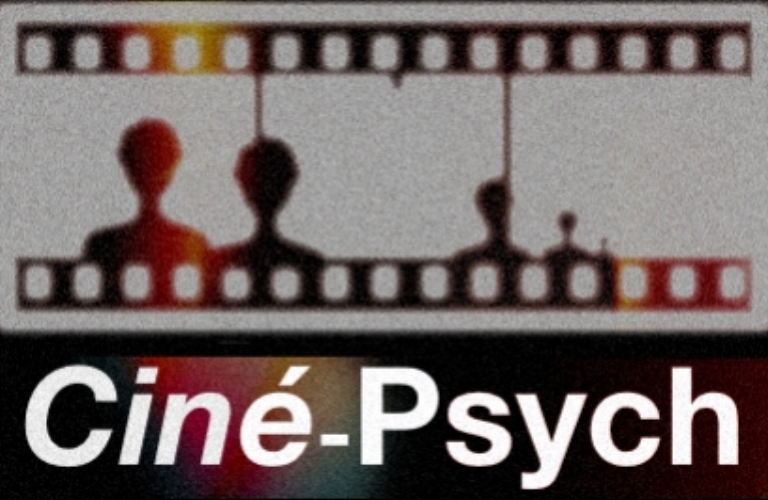SILVER LININGS PLAYBOOK (2012) | dir. D Russel | USA
Reviewed by Holly Breton
Synopsis
The film opens on Pat, a man with newly diagnosed Bipolar Disorder, as he is released from a psychiatric facility after an 8-month court ordered stay. Pat leaves the facility feeling optimistic that he will be able to reconnect with his estranged wife. Through this journey, Pat moves back in with his family, including his father who suffers from Obsessive Compulsive Disorder and his mother who has symptoms of generalized anxiety. Upon moving back home Pat meets Tiffany, a young woman dealing with her own mental health issues following the sudden death of her husband. Together, these two people embark on a journey of self-discovery and self-improvement, through psychotherapy, pharmacology, the support of friends, family, and ultimately, each other.
Stylistic Elements
The film uses basic cuts, standard shots and tells the story of Pat and Tiffany, through the evolution of their romantic relationship. This gives the feeling of watching the lives of these characters almost as a friend. One stylistic choice that adds a frenetic lens to the film is the use of fast cuts during periods of upset and trauma, giving the viewer a small experience of the mania that the protagonist experiences. Additionally, the use of score was wonderfully powerful. For instance, the end of the film culminated in a dance between Pat and Tiffany, and there was oscillation in the music as it rapidly switched from subdued to very upbeat and energetic, mirroring both the bipolarity and the journey of the protagonist.
Characters
The characters in this film are phenomenally acted given the source material. Bradley Cooper and Jennifer Lawrence are nuanced in their depictions of the suffering involved with mental illness, Bipolar disorder and Borderline Personality Disorder, respectively. However, the writing of the Bipolar disorder is somewhat inaccurate, as the speed in which Pat switches between euthymia and mania/hypomania is quite rapid. Additionally, although one does not require a depressive episode in order to have the diagnosis of Bipolar I disorder, this typically presents with significantly more time in depression. Given this, I would have liked to have seen this side of the illness more accurately depicted.
Narrative Quality
The film did a wonderful job of demonstrating some aspects of the biopsychosocial model of mental illness. For instance, Pat’s father manifests OCD and a gambling addiction, and his mother, Generalized Anxiety Disorder. These are biological predisposing factors in the evolution of their son’s mental illness. The film also did an excellent job of portraying how strong social supports from friends and family, and a loving intimate relationship, can be protective for maintenance of recovery.
The movie is advertised as a “romantic dramedy”, and certainly, the viewer cannot help but hope that the main characters end up together. However, when looking at the film through a psychiatric lens, there are some concerns regarding the relationship between Pat and Tiffany. First of all, they are in the middle of their struggles with mental illness, and at points in the film they feed off each other in a way that is unhealthy rather than support each other in a manner that promotes trust and safety. For example, Tiffany expressed her anger towards Pat for not responding as she wanted to her invitation for physical intimacy through rage, criticism, and attempts at manipulation, rather than talking openly with him about her feelings. Pat also withheld his own developing feelings for Tiffany, even after knowing that she had lied, until Tiffany stormed away from the successful dance competition. The basis of their relationship is based on a lie, and Tiffany’s manipulation, and this calls into question the future security of this romance. While this type of “game playing” may work in cinema, it does not work in a real life relationship.
Emotional Impact
This is an emotionally salient film that is successful in allowing the audience to feel the hopefulness, confusion, despair, and love of the main characters.
Educational Score
7/10. While this film is highly cinematic and beautifully acted, there are inaccuracies that can cause viewers to have an unrealistically romantic view of mental illness.
